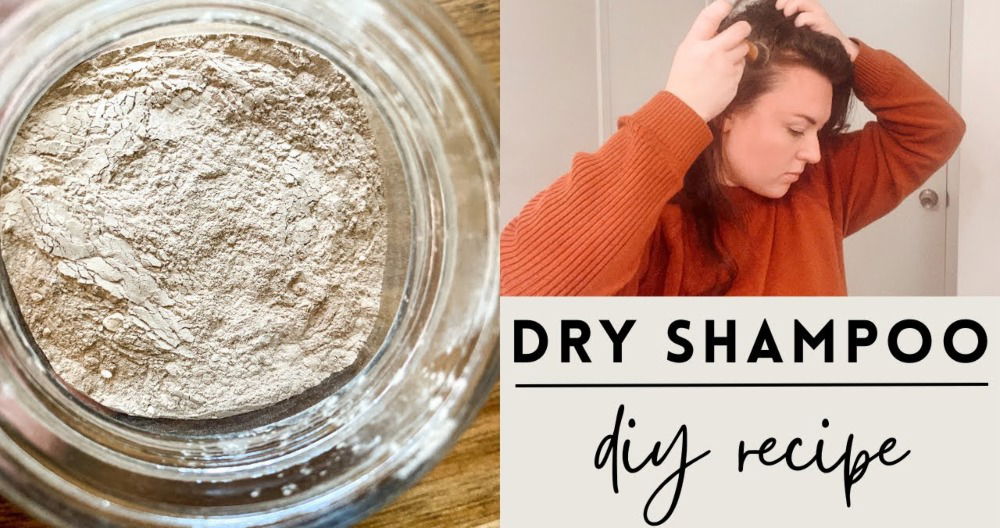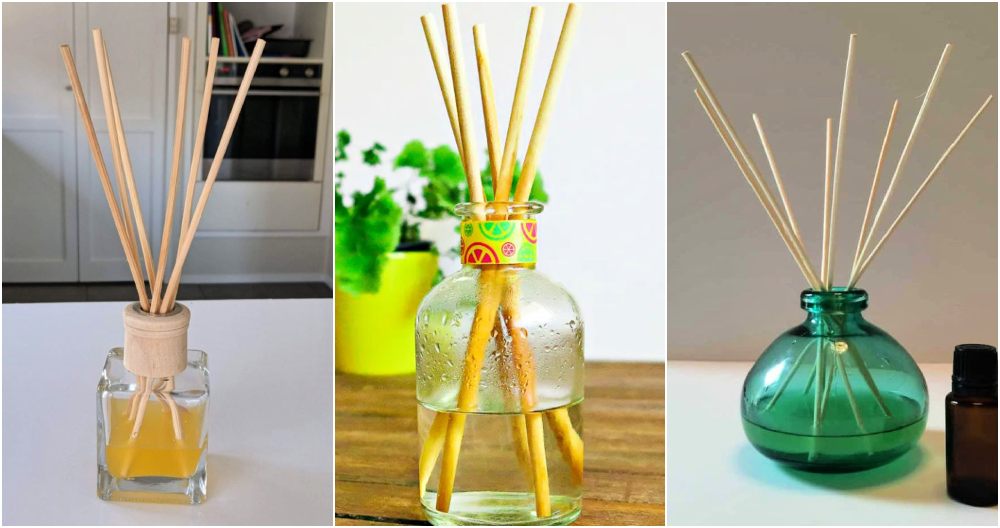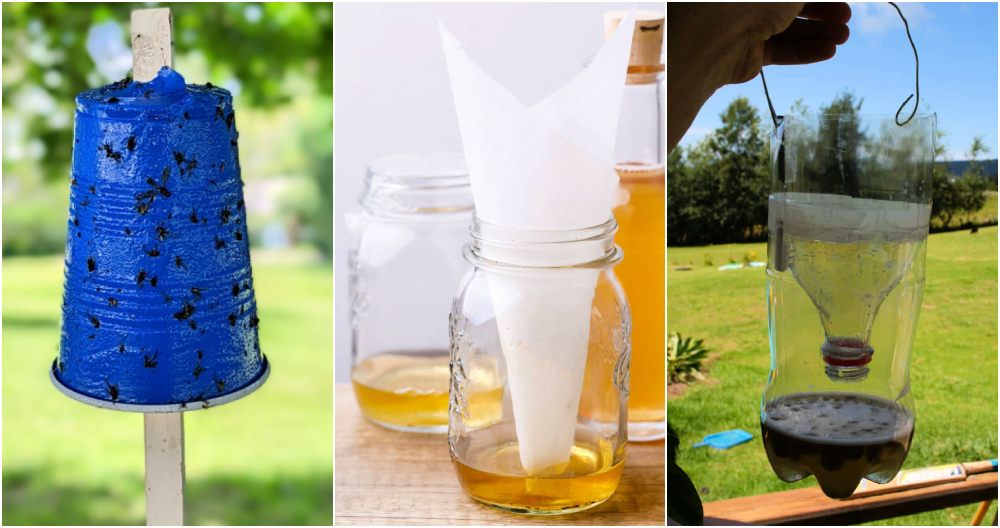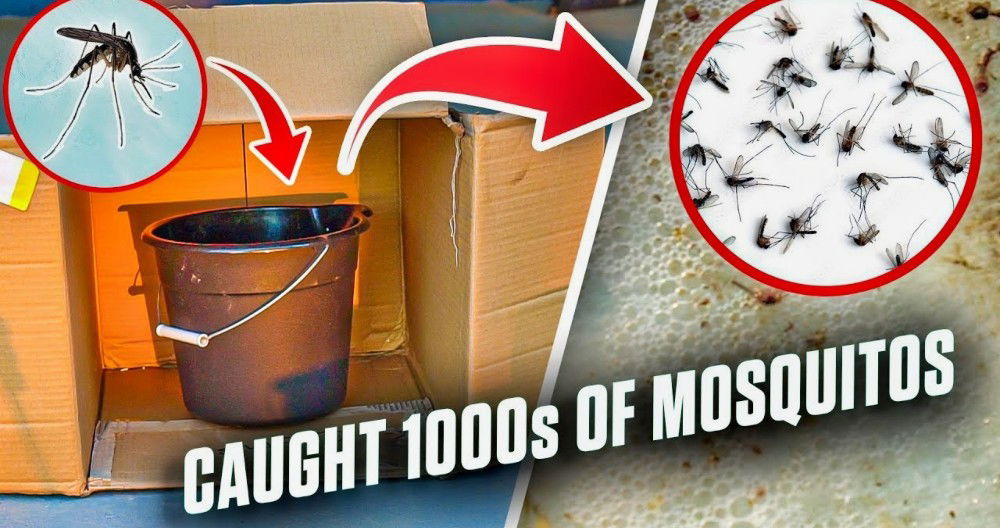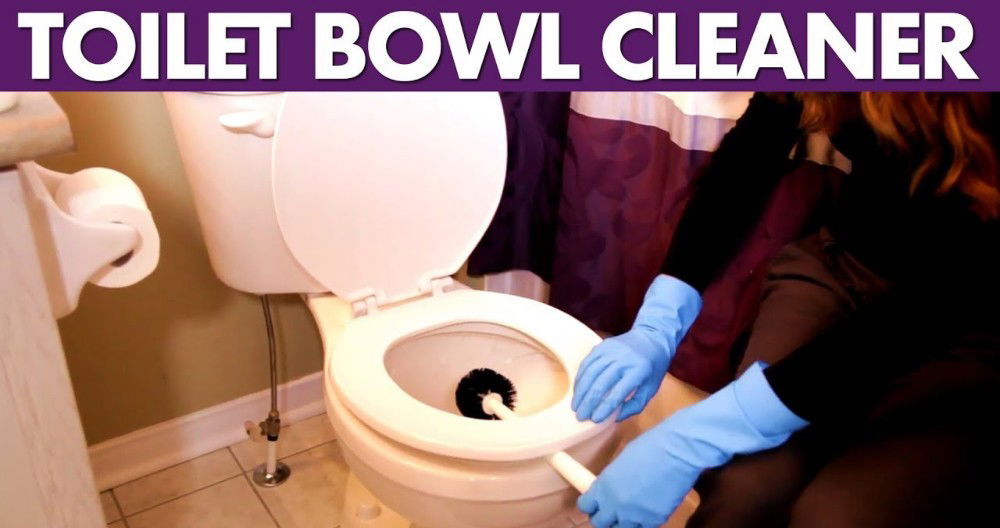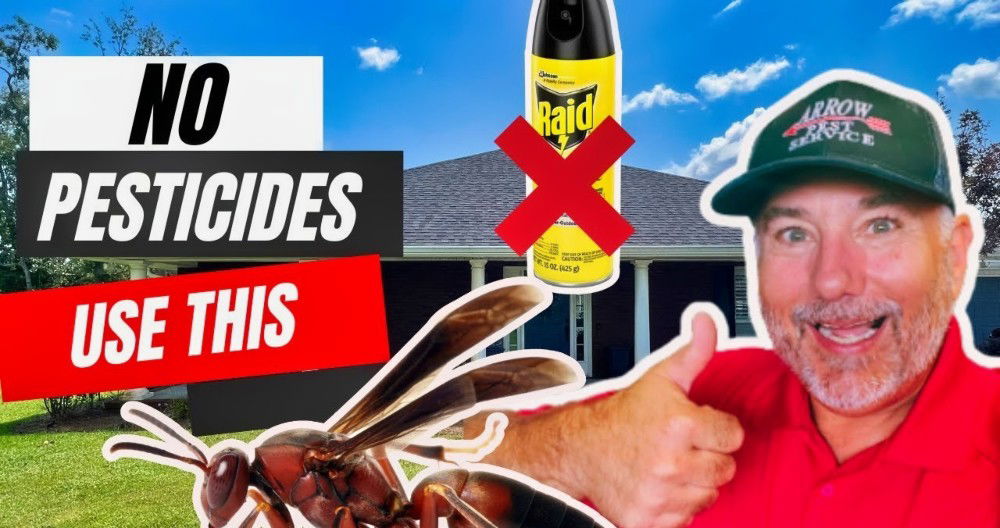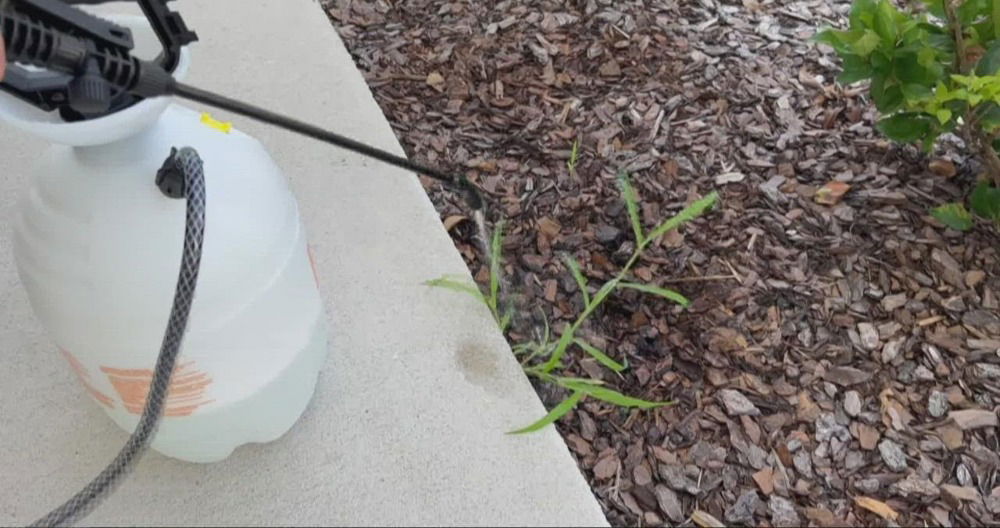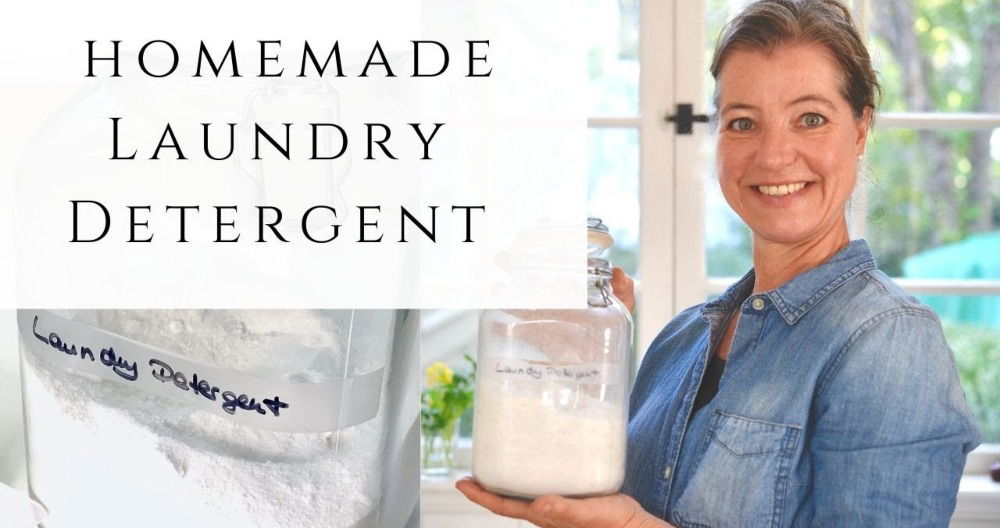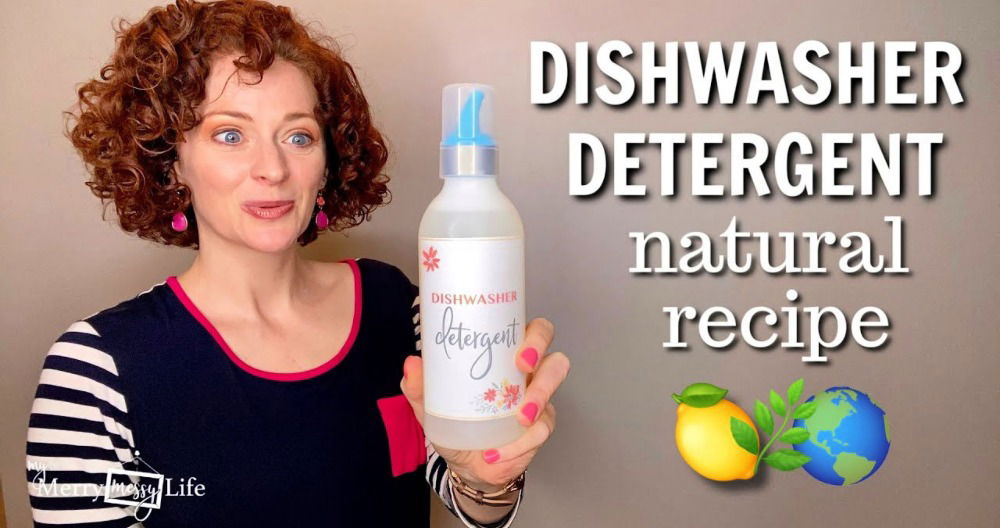Making my own carpet shampoo was a decision born out of the need to save money and avoid harsh chemicals found in store-bought versions. I had small kids and pets running around, and it was important to me to know exactly what was going into the products I used in my home. I started experimenting with different natural ingredients like baking soda and vinegar, aiming for something effective yet gentle.
After a few tries, I found a mix that worked wonders on my carpets. It was a simple concoction of warm water, white vinegar, dish soap, and a few drops of essential oil for a fresh scent. This homemade shampoo not only left my carpets looking clean, but it also maintained their softness without leaving any residue behind. Using ingredients that I already had in my kitchen made me feel resourceful, and the simplicity of it all was incredibly satisfying.
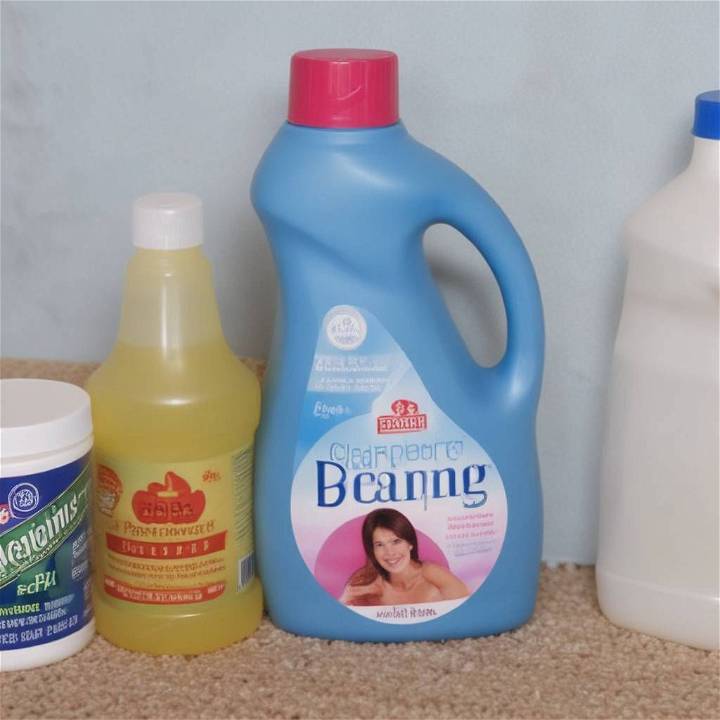
I'm here to tell you that making your own carpet shampoo is not only easy but also a great way to keep your home clean and safe. I hope my experience helps you give it a try.
Understanding Carpet Fibers
When it comes to DIY carpet shampoo, it’s crucial to understand the types of carpet fibers you’re dealing with. Carpets can be made from a variety of materials, each with its own cleaning requirements. Here’s a breakdown of common carpet fibers and how to care for them:
Nylon
Nylon is a durable and resilient synthetic fiber, making it a popular choice for carpets. It’s resistant to stains and abrasion, which means it holds up well in high-traffic areas. When cleaning nylon carpets, use a mild detergent and avoid high temperatures that could damage the fibers.
Polyester
Polyester is known for its soft texture and vibrant colors. It’s less absorbent than nylon, so it dries quickly and resists water-based stains. However, oil-based stains can be challenging to remove. Use a gentle, soap-free cleaning solution to maintain the color and texture of polyester carpets.
Polypropylene (Olefin)
Polypropylene, also known as olefin, is a budget-friendly option that’s highly stain-resistant. It’s not as resilient as nylon, so it’s best suited for low-traffic areas. Clean polypropylene carpets with a solution that has a low pH to avoid damaging the fibers.
Wool
Wool is a natural fiber that’s soft, durable, and naturally stain-resistant. It requires more care than synthetic fibers; avoid using high-alkaline cleaners or bleach. A neutral pH shampoo is best for wool carpets, and it’s important to dry them thoroughly to prevent mold growth.
Acrylic
Acrylic mimics the look and feel of wool but at a lower cost. It’s not as durable as other fibers but is resistant to moisture and mildew. Use a mild, wool-safe cleaner for acrylic carpets and take care not to over-wet them.
Triexta
Triexta is a newer synthetic fiber that boasts durability and stain resistance similar to nylon. It’s also eco-friendly, as it’s often made from renewable resources. Triexta carpets can be cleaned with most carpet shampoos, but always check the manufacturer’s recommendations.
Remember, before applying any DIY shampoo, it’s a good idea to test it on a small, inconspicuous area of your carpet first. This helps ensure that the shampoo is safe for the carpet and won’t cause any discoloration or damage.
How to Make Carpet Shampoo - Step by Step Guide
Learn how to make carpet shampoo with this step-by-step guide. Keep your carpets clean and fresh with our easy DIY recipe.
Why Make Your Own Carpet Cleaner?
The motivations were simple: saving money and needing an efficient solution for regular use. Commercial carpet cleaners, although effective, can quickly become a significant household expense. Plus, making my own allowed me to know exactly what was going into my carpets—essential for a household with pets and young children.
Materials Needed
- Laundry Detergent: Acts as the primary cleaning agent. I prefer using a simple, unscented liquid detergent. It's crucial because it forms the base of your cleaning solution.
- Oxiclean: This serves as a powerful stain remover. Its oxygenated formula helps lift stains from the carpet fibers.
- Awesome Cleaner: This degreaser tackles the grime and grease that can accumulate in carpets over time, especially in high traffic areas.
- Fabric Softener: Downy is my go-to for leaving the carpets feeling soft and fresh. It also adds a pleasant scent.
Each of these ingredients plays a crucial role in the solution, working together to clean, deodorize, and soften your carpets.
Step by Step Instructions
Learn how to make homemade DIY carpet shampoo with our easy step-by-step instructions. From mixing ingredients to pre-treating stains, we've got you covered!
Step 1: Mix Your Ingredients
Start with a small mixing bowl and a spoon. Measure equal parts of the laundry detergent, Oxiclean, Awesome cleaner, and fabric softener. For a typical batch, I use about * ¼ cup of each. Stir these together until well combined. The goal is to create a potent mix that will tackle dirt, odors, and stains effectively.
Step 2: Dilute the Solution
Once mixed, your concentrate will need to be diluted. Take a gallon of warm water—temperature is key here as it helps dissolve the powdered Oxiclean—and gently stir in your mixture. Aim for a thorough blend to ensure the fabric softener and detergent fully integrate with the water. Avoid vigorous stirring to minimize suds.
Step 3: Fill Your Carpet Cleaning Machine
With your solution ready, it's time to fill your carpet cleaner. Depending on your machine, you'll either pour this directly into the designated tank or mix it further as per the machine's instructions. For a standard cleaner, using about * ¼ cup of this concentrated solution per gallon of water in the machine tank is a good rule of thumb.
Step 4: Pre-Treat Stains if Necessary
Before you start with the machine, inspect your carpet for any tough stains. Apply a small amount of the concentrated solution directly to these areas, allowing it to sit for a few minutes to break down the stains.
Step 5: Begin Cleaning
Start using your carpet cleaner as you normally would. For heavily soiled areas or high traffic zones, you might want to go over them multiple times for the best results.
Extra Tips for Success
- Testing: Always do a spot test with the solution on a hidden part of your carpet to ensure it doesn’t cause discoloration.
- Machine Maintenance: Check your carpet cleaner’s manual to make sure using a homemade solution won’t void any warranties.
- Storage: Keep any leftover solution in a marked container for future use. A gallon milk jug works great for this, just make sure to label it clearly.
Troubleshooting Common Issues
When embarking on the journey of DIY carpet cleaning, you may encounter a few roadblocks along the way. Here’s a guide to help you navigate through some common issues and their solutions, ensuring your carpets remain in top condition.
Residue Leading to Faster Re-soiling
Sometimes after cleaning, carpets may re-soil quickly. This is often due to the cleaning solution leaving a residue that attracts dirt. To prevent this, ensure you rinse the carpet thoroughly after shampooing. Opt for detergents that don’t leave behind a residue, and always follow up with a water-only rinse cycle.
Carpet Shrinkage
Over-wetting can cause your carpet to shrink. To avoid this, use minimal water during cleaning and ensure your carpet is dried quickly and efficiently. If you’re using a carpet cleaning machine, make sure it has adequate suction power to remove excess moisture.
Bubbles or Ripples
If you notice bubbles or ripples in your carpet after cleaning, don’t panic. These should settle once the carpet is completely dry. If they persist, it may indicate that the carpet needed restretching before cleaning. In such cases, consult a professional.
Discoloration
Discoloration can occur if a carpet is over-wet or if an inappropriate cleaning solution is used. Test your DIY shampoo on a small, hidden section of carpet first. If discoloration occurs, dilute your solution and try again, or opt for a different cleaning method.
Persistent Odors
Odors can linger if the carpet isn’t dried properly or if the underlying padding is wet. To combat this, use fans or dehumidifiers to speed up the drying process. For organic odors, like pet urine, consider using an enzymatic cleaner as part of your DIY solution.
Matting and Crushing
Heavy furniture can leave indentations in your carpet. To fluff these areas, use a fork or coin to gently lift the fibers. For deeper indentations, place an ice cube in the spot, let it melt, and then fluff as needed.
By being prepared to tackle these common issues, your DIY carpet cleaning will be more effective and less stressful. Remember, the key to successful DIY carpet care is patience and attention to detail.
FAQs Homemade DIY Carpet Shampoo
Discover everything you need to know about homemade carpet shampoo with our comprehensive FAQs. Learn how to make and use DIY shampoo for clean carpets.
What are the best ingredients for making a DIY carpet shampoo?
The best ingredients are those that are safe for your carpet and effective at cleaning. Commonly used ingredients include white vinegar, baking soda, hydrogen peroxide, and mild dish soap. Essential oils can be added for fragrance and additional cleaning properties.
Can I use any homemade shampoo on all types of carpets?
No, different carpet fibers react differently to cleaning solutions. It’s important to know your carpet type and choose ingredients that are safe for it. For example, wool carpets require a gentler approach compared to synthetic ones.
How often should I clean my carpet with a DIY shampoo?
It depends on the traffic your carpet gets. Generally, a deep clean every 6 to 12 months is recommended, but spot cleaning should be done as needed.
Will DIY carpet cleaning solutions harm my pets or children?
Most DIY solutions use natural ingredients that are safer than commercial cleaners. However, always check the ingredients and ensure they are not toxic if ingested or inhaled by pets or children.
How long does it take for a carpet to dry after cleaning with a DIY shampoo?
Drying time can vary based on the cleaning method, the thickness of the carpet, and the environment. It can take anywhere from a few hours to a full day. Ensure good ventilation to speed up the drying process.
Can I use a DIY shampoo in a carpet cleaning machine?
Yes, many DIY carpet shampoos are suitable for use in carpet cleaning machines. Just make sure the solution is compatible with your machine and follow the manufacturer’s instructions.
What should I do if the DIY shampoo doesn’t remove a stain?
If a stain persists, you may need to repeat the cleaning process or use a targeted stain remover. For tough stains, a mixture of baking soda and vinegar can be effective.
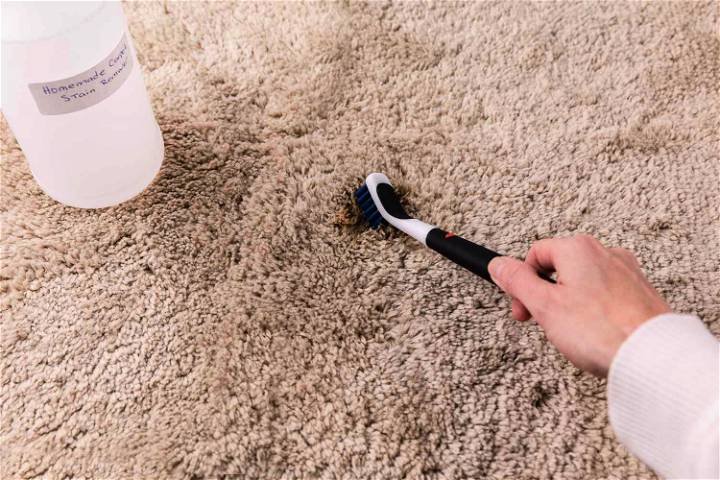
Final Thoughts
After using this DIY solution, I was amazed at the results. My carpets looked refreshed, smelled great, and felt soft underfoot. I was particularly impressed with its ability to tackle pet odors and old stains. By following these simple steps and using everyday household products, you can save a significant amount on carpet cleaning without sacrificing cleanliness. Remember, the effectiveness comes from not just using the right ingredients but understanding how they work together.


